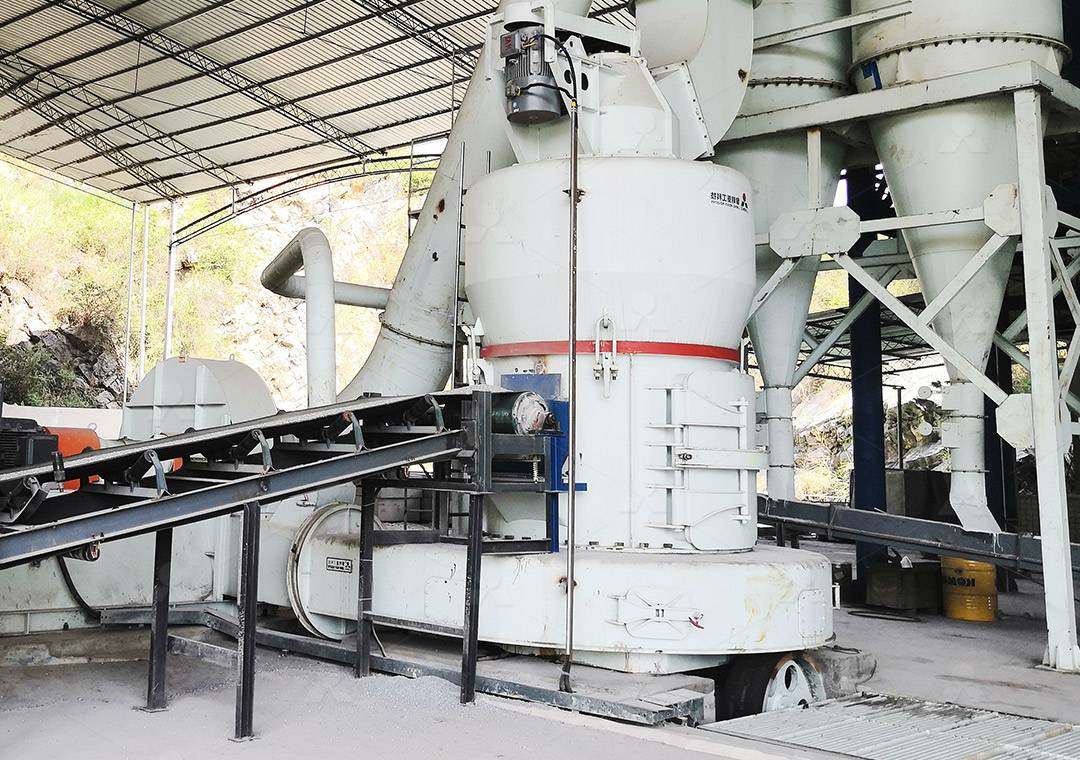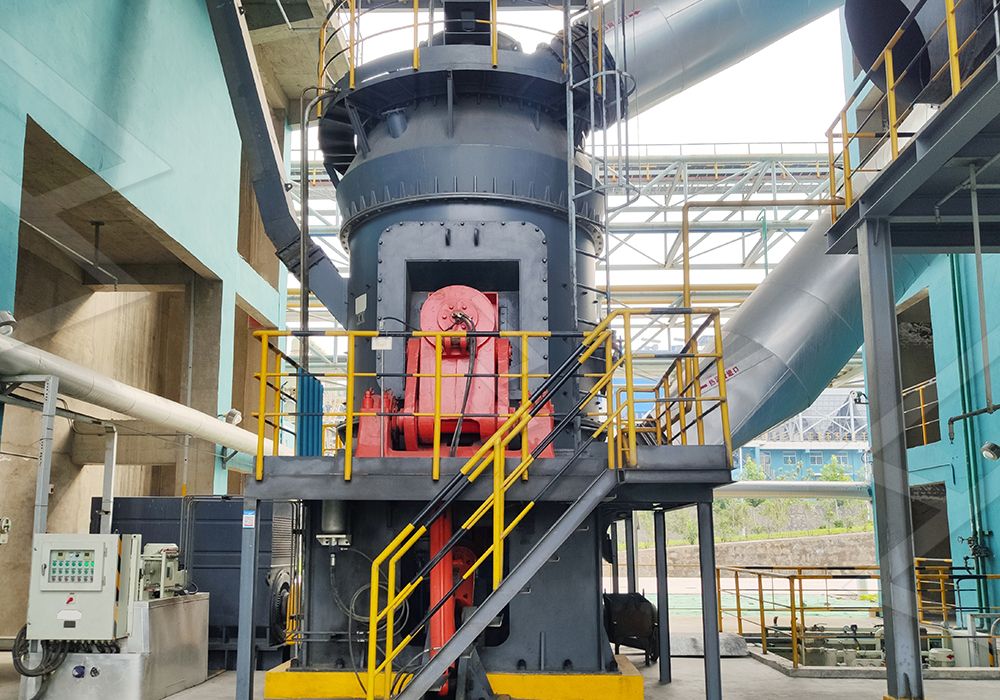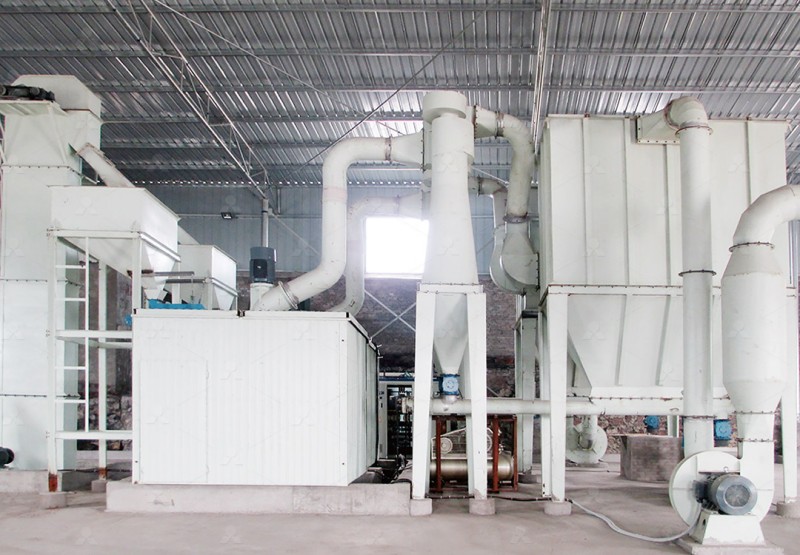Top 5 Most Common Limestone Grinding Machines for Industrial Use
Top 5 Most Common Limestone Grinding Machines for Industrial Use
In industrial mineral processing, selecting the right grinding equipment is crucial for optimizing production efficiency and product quality. Limestone, being one of the most versatile and widely used minerals, requires specialized grinding solutions to meet various fineness and capacity requirements. Here we explore five of the most common limestone grinding machines found in industrial applications today.
1. Raymond Mill: The Time-Tested Workhorse
Raymond Mill has been the backbone of limestone grinding operations for decades. This first-generation grinding mill continues to be popular due to its simple structure, small footprint, and low investment cost. With an input size of <25 mm and capacity ranging from 0.6-5 tph, Raymond mills are ideal for small to medium-scale operations. The system operates on the principle of centrifugal grinding where rollers oscillate outward to press against the ring, effectively grinding the material. While it may not achieve the ultra-fine levels of more advanced mills, its reliability and ease of operation make it a staple in many processing plants.

2. Ball Mill: The Traditional Powerhouse
Ball mills represent the conventional approach to limestone grinding, featuring a horizontal rotating cylinder filled with steel grinding media. The impact and attrition between the balls and limestone particles result in efficient size reduction. With capacities ranging from 0.65-50 tph and handling materials up to 25 mm, ball mills offer versatility across various production scales. The ladder and ripple liners, combined with different steel ball specifications, allow for customized grinding solutions. While energy consumption tends to be higher compared to newer technologies, ball mills remain popular due to their straightforward operation and ability to handle a wide range of material sizes.
3. MTW European Trapezium Mill: Advanced European Engineering
The MTW European Trapezium Mill incorporates sophisticated engineering with features like bevel gear overall drive and inner automatic thin-oil lubricating system. Handling input sizes up to 50 mm with capacities of 3-55 tph, this mill stands out with its unique split-type shovel blade that effectively enlarges the working area, thereby improving production efficiency. The cambered air duct with low resistance reduces energy consumption significantly. For operations requiring consistent quality with minimal environmental impact, the MTW series offers an excellent balance of performance and reliability.
4. LM Vertical Grinding Mill: Space-Saving Efficiency
LM Vertical Grinding Mill represents a significant advancement in grinding technology, integrating crushing, drying, grinding, classifying and conveying in a single unit. What makes this mill particularly attractive is its compact design – occupying approximately 50% less space than equivalent ball mill systems while reducing energy consumption by 30%-40%. With the capability to handle input sizes up to 70 mm and impressive capacities ranging from 3-340 tph, the LM Vertical Grinding Mill is suitable for large-scale operations. The short material retention time reduces repeated grinding and ensures low iron content in the final product.

5. MW Ultrafine Grinding Mill: Precision in Ultra-Fine Processing
For applications demanding ultra-fine limestone powder, the MW Ultrafine Grinding Mill stands as a superior solution. This advanced mill is specifically engineered for customers who need to produce ultra-fine powder between 325-2500 meshes. What sets this equipment apart is its remarkable efficiency – achieving production capacity 40% higher than jet grinding mills and twice that of ball grinding mills while consuming only 30% of the energy of jet grinding mills.
The MW series incorporates several innovative features including a cage-type powder selector with German technology that ensures precise powder separation. The grinding chamber design eliminates rolling bearings and screws, preventing common failure points and enabling continuous 24-hour operation. Environmental considerations are addressed through an efficient pulse dust collector and muffler system that minimizes dust and noise pollution.
With an input size of 0-20 mm and capacity range of 0.5-25 tph, the MW Ultrafine Grinding Mill is particularly valuable for industries requiring high-purity limestone powder such as chemicals, paints, cosmetics, pharmaceuticals, and food additives. The external lubrication system allows maintenance without shutdown, maximizing operational uptime.

Another notable mention in the ultra-fine category is the LUM Ultrafine Vertical Grinding Mill, which combines Taiwanese grinding roller technology with German powder separating technology. This mill excels in applications requiring superfine dry powder of non-metal ores with its unique roller shell and lining plate grinding curve that generates material layers more effectively.
Selection Considerations
Choosing the appropriate limestone grinding machine depends on multiple factors including required product fineness, production capacity, space constraints, energy efficiency goals, and budget considerations. While Raymond and Ball mills offer economical solutions for standard applications, the MW and LUM series provide advanced capabilities for specialized ultra-fine processing requirements.
Frequently Asked Questions
What is the typical fineness range achievable with limestone grinding mills?
Fineness ranges vary significantly by mill type. Standard mills like Raymond and Ball mills typically achieve 80-400 mesh, while advanced mills like the MW Ultrafine Grinding Mill can produce powders from 325-2500 meshes (d97≤5μm).
How important is energy efficiency in selecting a limestone grinding mill?
Extremely important, as grinding operations typically account for a substantial portion of total energy consumption in mineral processing. Modern mills like the MW series can reduce energy consumption by up to 70% compared to conventional systems.
What maintenance considerations should I evaluate?
Key factors include ease of access to grinding components, availability of spare parts, lubrication requirements, and designed maintenance intervals. Mills like the MW series with external lubrication systems and no internal screws or rolling bearings in the grinding chamber significantly reduce maintenance complexity.
Can these grinding systems handle other materials besides limestone?
Yes, most limestone grinding mills are versatile enough to process other non-metallic minerals such as calcite, dolomite, gypsum, barite, and talc, though optimal performance may require specific configurations.
What environmental features should I look for in a modern grinding mill?
Modern mills should include efficient dust collection systems, noise reduction technology, and energy-efficient operation. The MW Ultrafine Grinding Mill, for example, incorporates pulse dust collectors and mufflers that meet national environmental protection standards.
